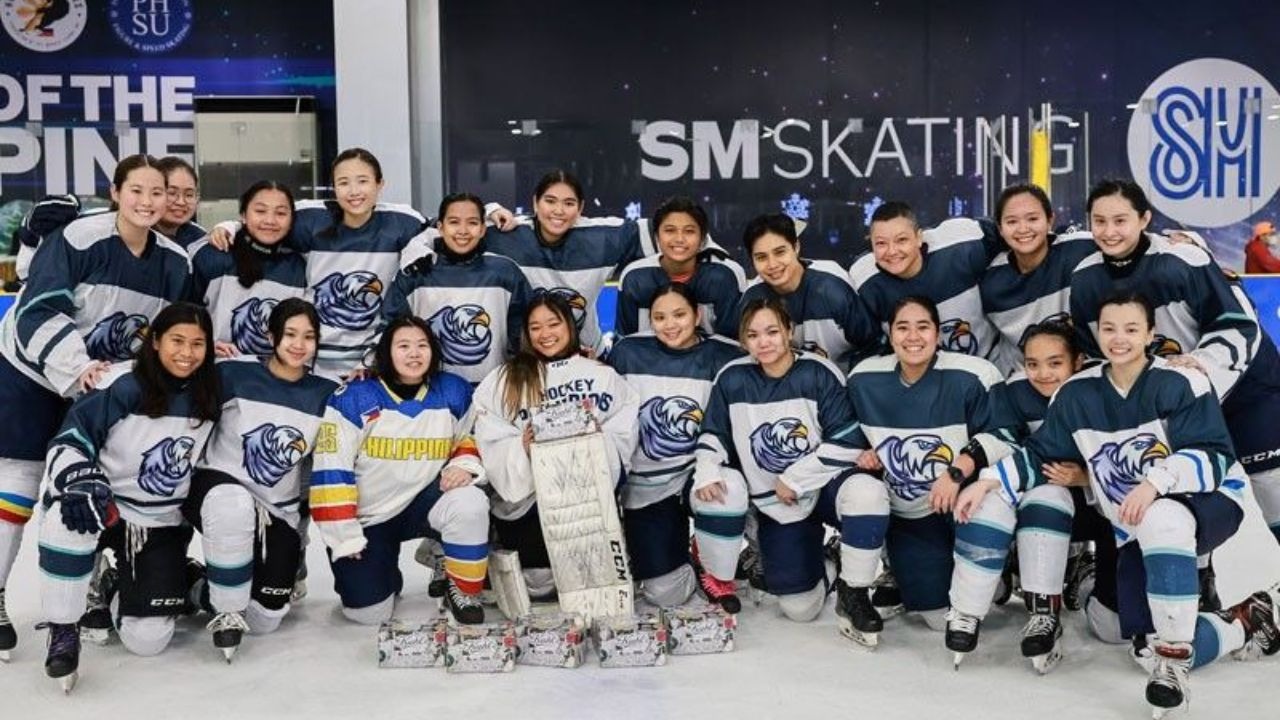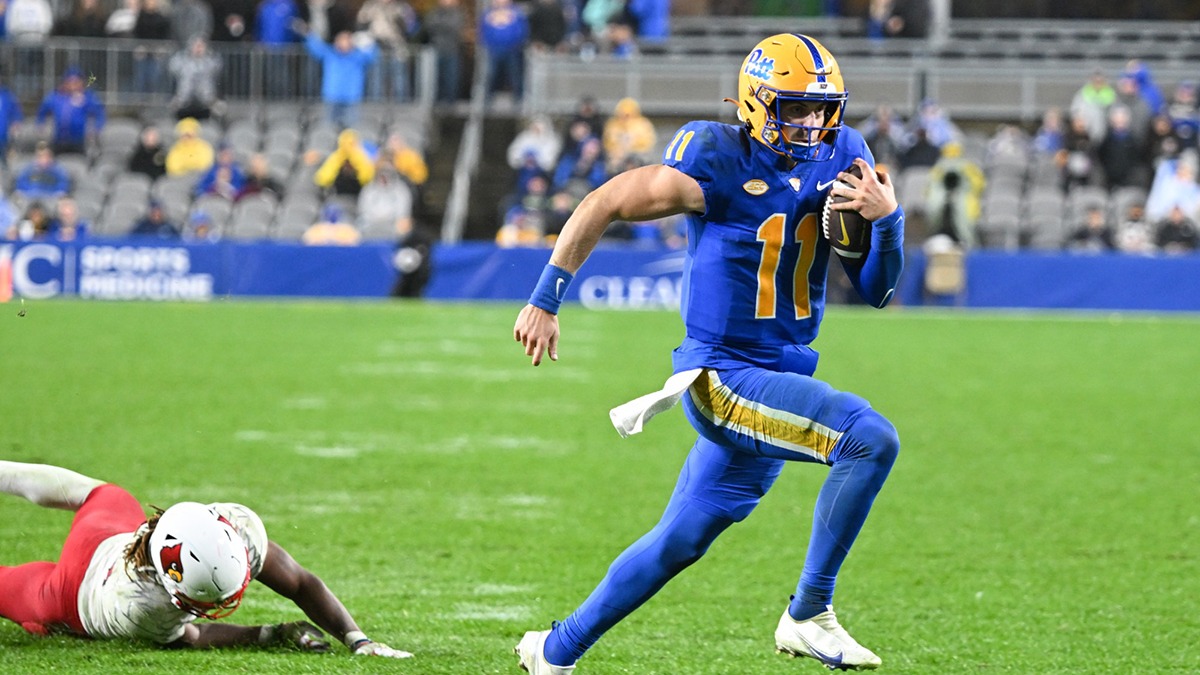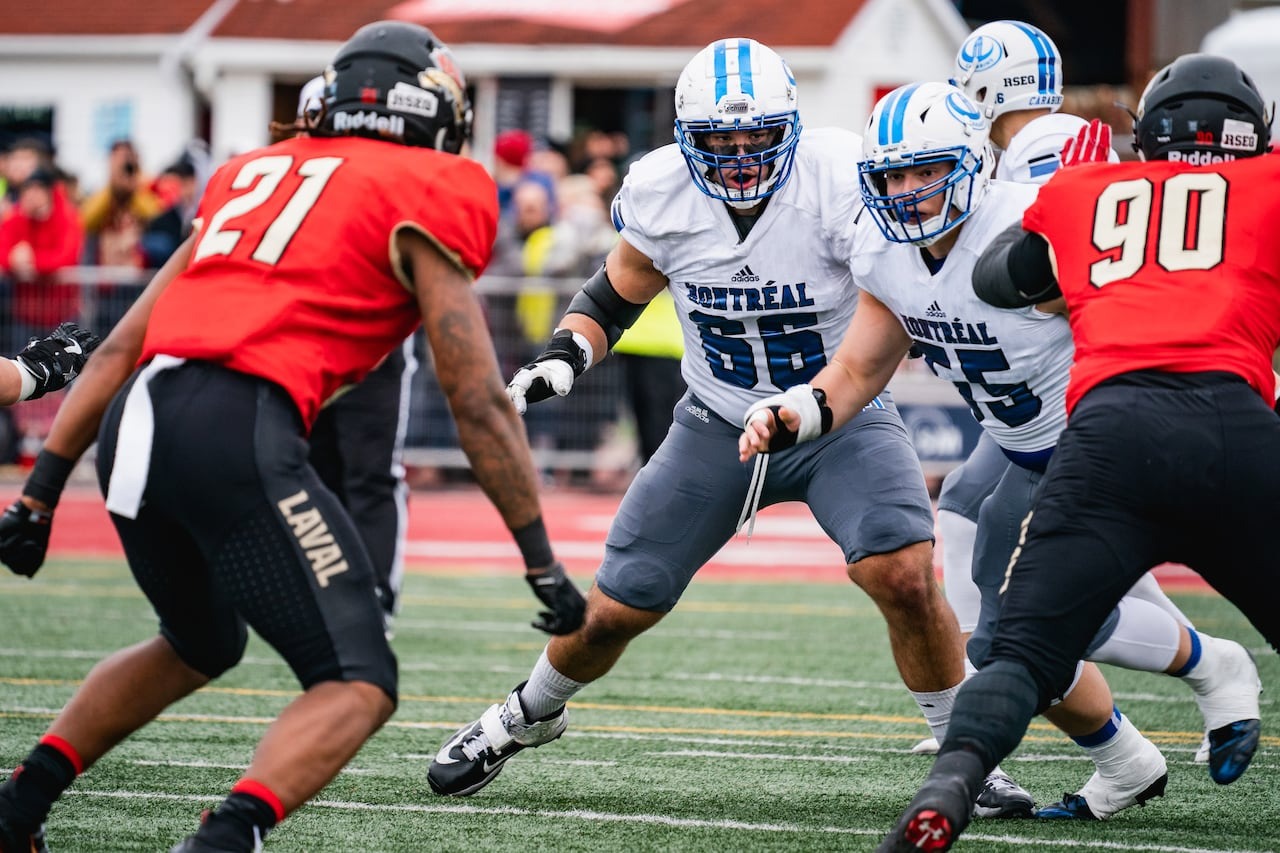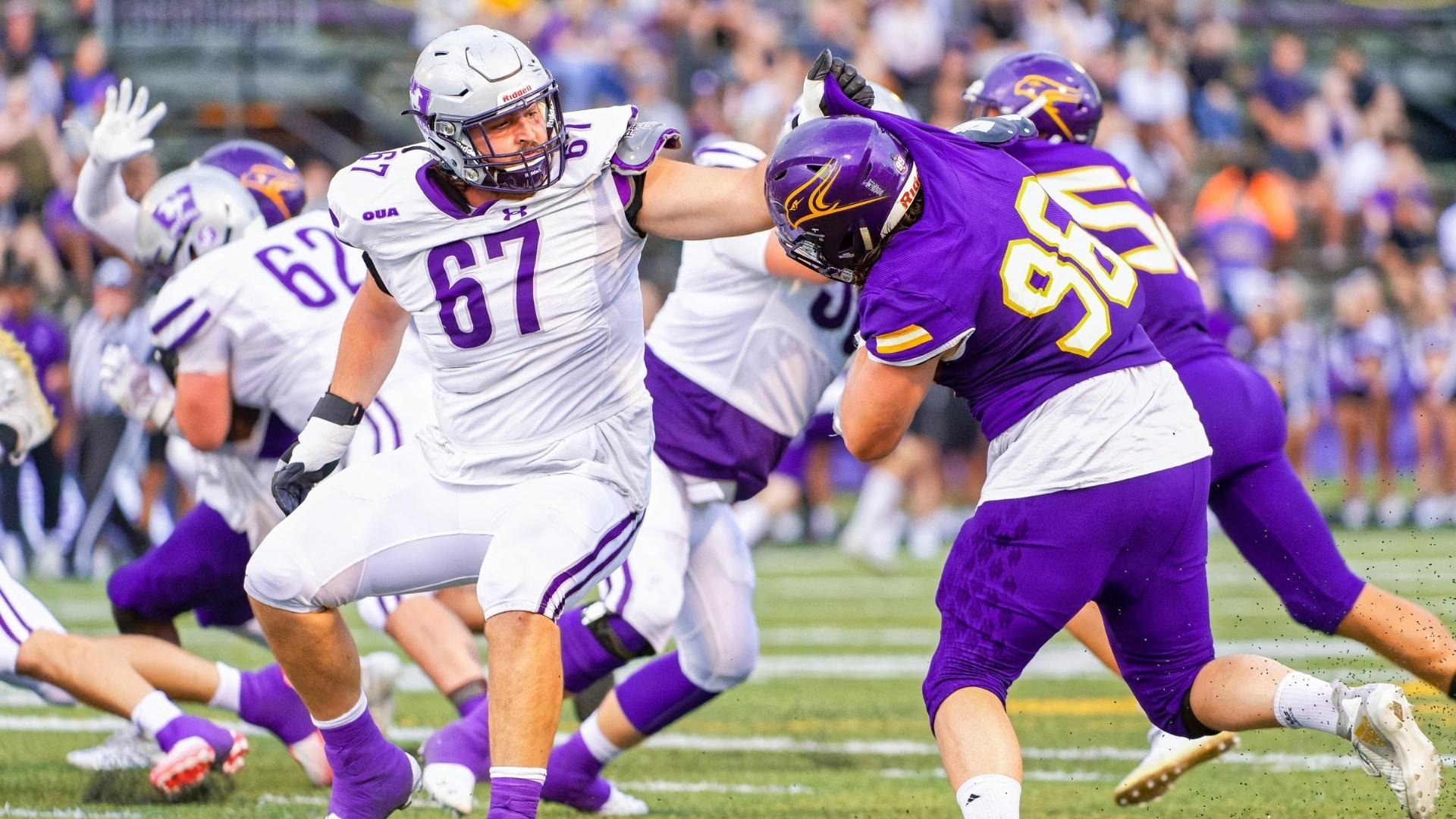A pilot project for women’s hockey at the university, testing whether improved financial scholarships could curb the flow of sports talent into the NCAA, is ending with no definitive answer.
What began as a five-year experiment with a potential impact on other Canadian college sports was extended due to a lack of accuracy in data reporting.
A committee tasked with setting the draft worked to insert important performance indicators when the U Sports Membership voted this year to close it after the Season.
An Enhanced Financial Award (AFA) influenced Audrey-Anne Veillette’s decision to give Clarkson a full scholarship and play for the Université de Montréal.
The quality of the university and the Carabins, as well as the proximity to the hometown of Drummondville, 20 years old, were other factors.
So when Veillette says, an improved AFA “played a big part. I’m sure of exactly how many,” reflecting U Sports’ difficulty measuring its impact.
The 400 women’s hockey players on NCAA rosters fell to 293 in.
Proponents of the pilot projects admit that it is difficult to attribute the decline to the improvement in AFA when many factors go into a young woman’s school choice.
With only one more year to use Enhanced AFAs as a recruiting tool, some coaches wanted more time for an enhanced pilot project to get more definitive results.
“Personally, I’m very disappointed that this is ending,” Ryerson head coach Lisa Haley said.
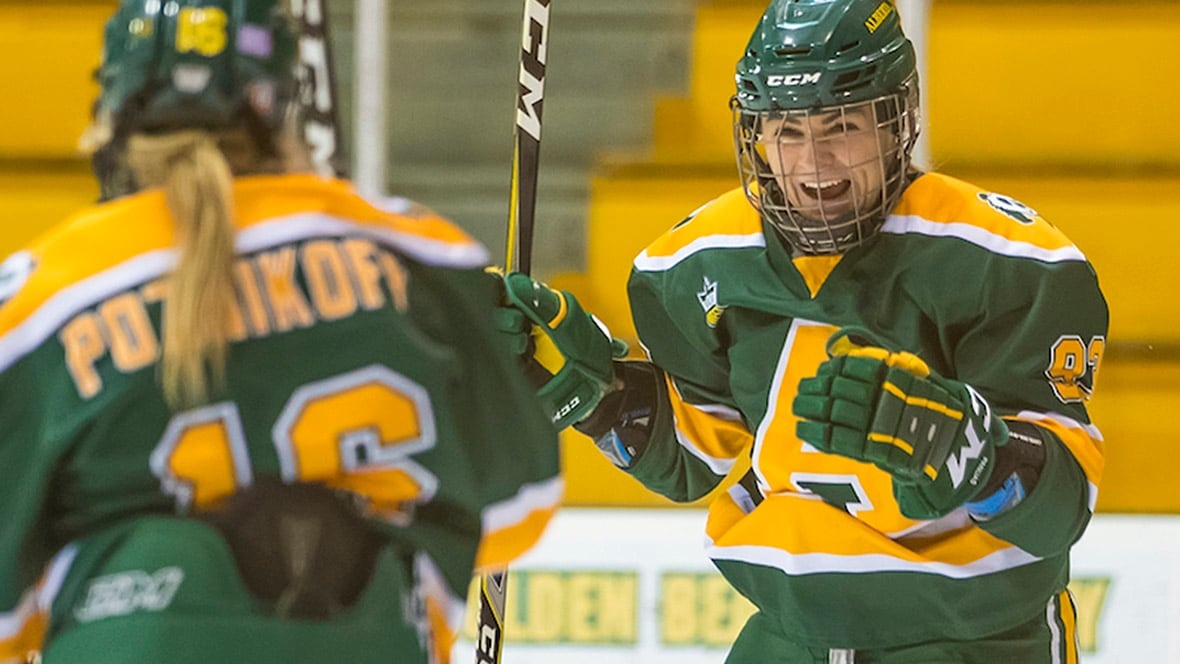
“At the beginning, when it started, I don’t think there was enough preparation and reflection to really take the opportunity. We entered the water for a few years, without the necessary know-how to promote it, even to educate people about the fact that it was there.
“As a member of a committee that spent many hours analyzing how to move forward, how to evaluate, I am really disappointed with the way the project ended.”
Participation was voluntary. Teams had to stay below a cap so it wouldn’t cost any more money.
Under this cap, women’s hockey coaches had the option of offering a player a package that covered tuition, tuition, lodging and food, and approximated the “Full-Ride” of an NCAA Division 1 school.
A report from MacLeans.ca the average annual cost of visiting a Canadian university for students who do not live at home was estimated.
The OAU rules for AFAs are more restrictive than for other conferences. Ontario schools could only offer full courses – that was partly – but not rooms and meals like other conferences.
Outaouais member schools voted overwhelmingly in favor of the women’s hockey pilot, although 178 of the 293 NCAA women – 60% — are from Ontario.
The RSEQ of Canada West and Quebec was more active in the pilot project than the Ontario and Atlantic conferences.
“It worked in RSEQ,” said University of Montreal head coach Isabelle LeClaire. “The first thing he did was to draw more attention to our program. It gave us credibility. It has brought us to the same level of having conversations with these athletes.
“The biggest misconception from talking to coaches across the country and athletic directors at some of these schools is that this program has cost us more money. I’ve never received a penny more.
“It’s like a salary cap. We have 14 units that we can give. I can only do it the way I want. If I want to give two to a deserved athlete, I have 12 left.”

A “full lap” as part of the pilot was rare.
Instead of recruiting a national player for the NCAA, some coaches used their freedom under the cap to distribute a little more money among recruits who could have stayed in Canada anyway.
University of Regina head coach Sarah Hodges once used a “complete trick” during the eight-year project to successfully recruit a player who was otherwise tied to an NCAA Division 1 school.
The player has since graduated and is playing professionally in Sweden.
“Our package has been complete for five years,” said Hodges, who felt that continuing the project would have been helpful if changes had been made.
“I think if you use it, it should be a full purse, rather than Nickel and Diming,” she said. “That’s what she had to do so that we could compete with American schools, not necessarily with each other.”
Canada’s U-22 team, known as the National Development team, remains dominated by NCAA players. Twenty of the 22 women on the team were Division 1 players.
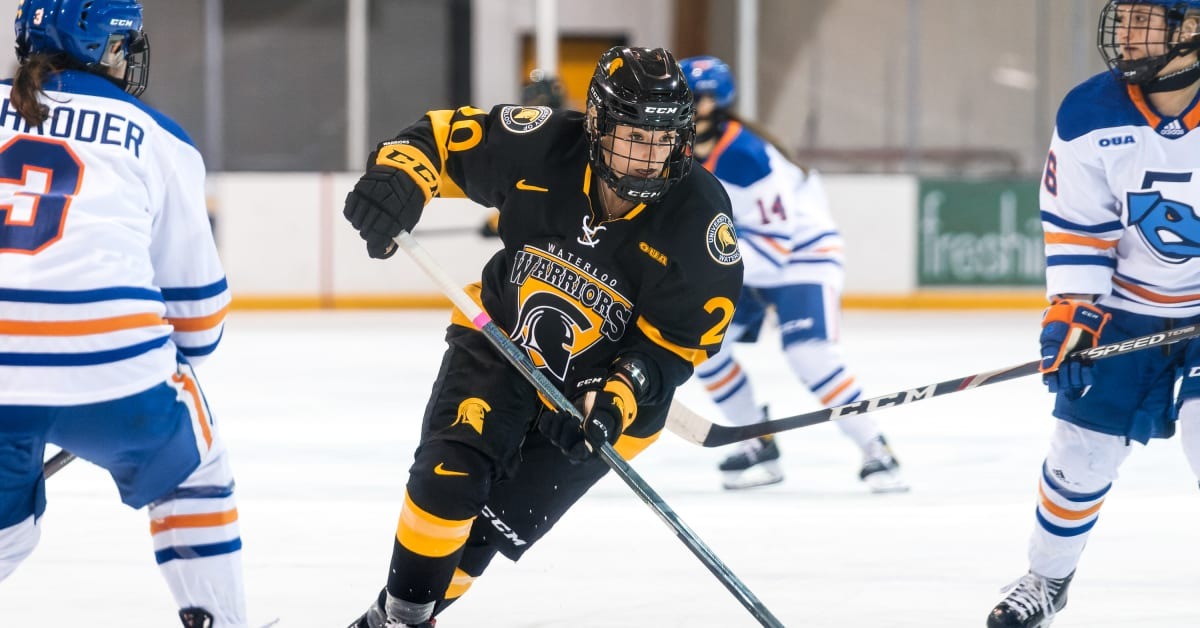
Just over 80% of the guests at the team’s summer camp this year were D1 players.
Among the criteria that the Committee wanted to include in the pilot project was the requirement that only players identified as the top 40 athletes by the provincial Hockey association’s under-18 program, or players invited to a Hockey Canada camp in all age groups, be eligible for an enhanced AFA.
“We never had a chance to implement this KPI after about 15 months of work,” said former Canadian Olympic coach Danièle Sauvageau, who headed the Committee.
An Initiative launched by Pierre Lafontaine, Chairman of the Board of Directors of U Sports, was inherited by Graham Brown’s successor and interim CEO Dick White.
In a report by McLaren Global Sport Solutions published, the pilot project “became a divisive topic, largely due to the inefficient construction of the initial program, invalid performance indicators in some matters, and the inability to provide annual performance indicators (KPIs).
“Given these facts, the skepticism and mistrust of some members is justified and understandable.”
White said there wasn’t enough support among the 56 member schools this year to extend the pilot.
“It was a very difficult subject. I’m not a fan of women’s hockey,” White said.
“No matter who I talked to, and especially on our board, it was, “after eight years, we should know whether it works or not, and it should be obvious.’


